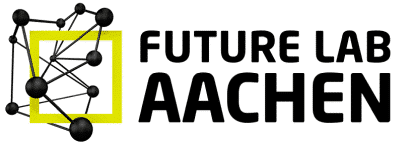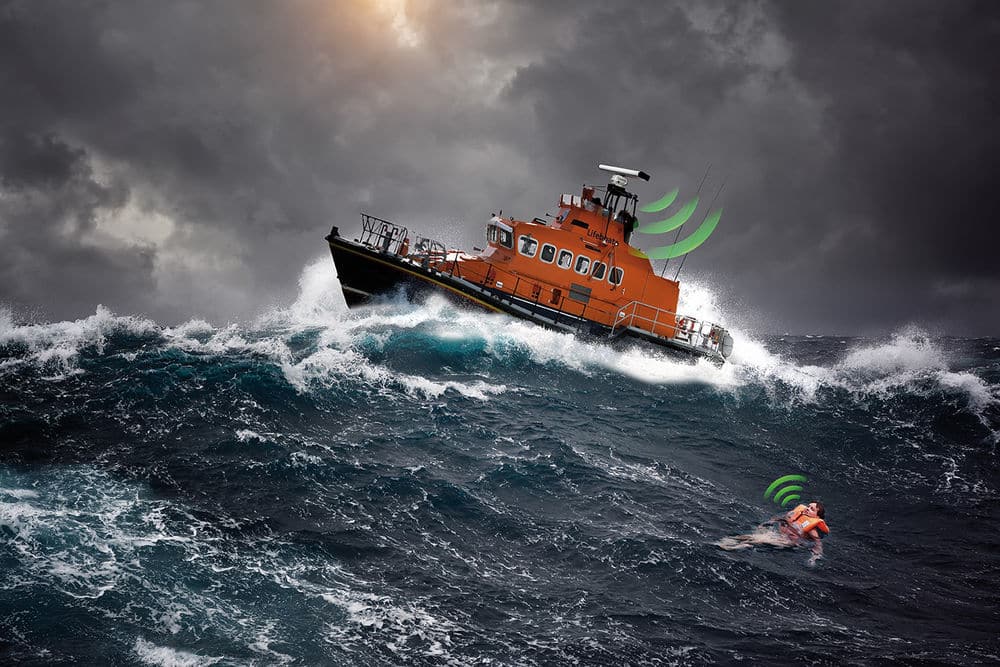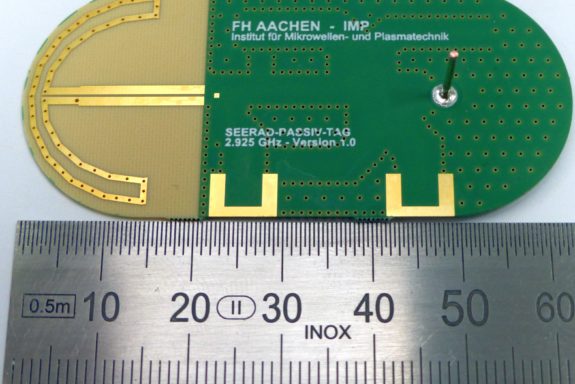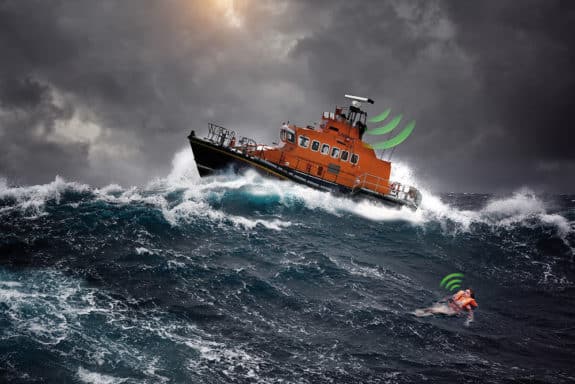Episode 12: Two euros can help to save lives. Scientists at the FH Aachen are developing a low-cost and reliable maritime rescue system.
Storms, heavy seas, high waves – again and again, such conditions put people at sea in distress. And again and again, it is difficult for rescuers to find people who have been shipwrecked or gone overboard. This is where SEERAD comes into play: a maritime rescue system that has been developed at the Institute for Microwave and Plasma Technology (IMP) at the FH Aachen.
The basic principle is similar to that used in avalanche rescue systems. A so-called “tag” reflects radar signals and enables rescuers to locate victims – in deep snow or on the high seas. This kind of tag only costs two euros to produce and can be sewn into an article of clothing, or also attached to life jackets or lifeboats.
The response always gets through
“What’s special about our system is that the radar signal is transformed into another frequency by the tag,” Professor Holger Heuermann, who heads the IMP, explains. “The base signal transmitted by, for example, a rescue ship, is at 3 gigahertz; the response signal comes back at 6 gigahertz. We have developed a special multifrequency technology with which we can precisely analyse this response signal.” In this way, not only are overlays with the base signal or with other radar systems avoided, but also the precise distance to the person in distree can be determined.
The SEERAD technology, which Aachen researchers have developed in collaboration with the Fraunhofer Institute for High Frequency Physics and Radar Techniques, has a range of 10 kilometres – and a prototype of the system is currently being field tested.
And who invented it?
The IMP of the FH and the Frauuhofer Institute for High Frequency Physics and Radar Techniques in Aachen, of course.






